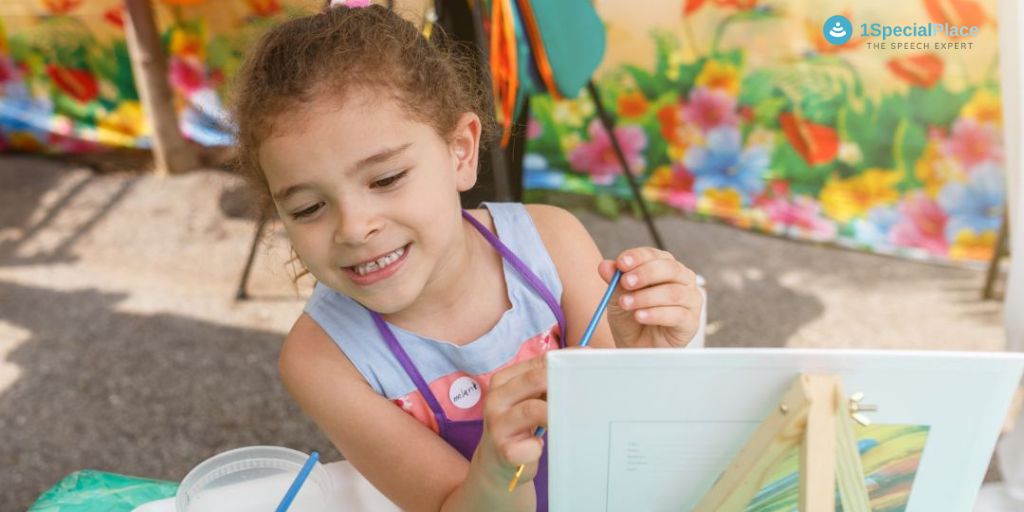
Visual Perception skills & activities for children
Visual Perception skills & activities for children
What is visual perception?
Visual perception is the brain’s ability to understand & make sense of what the eyes see. The eyes send information to the brain and then it is correctly interpreted. Children interact with the world through their senses. The way they perceive things together with their visual & cognitive processes are collectively known as visual perceptual skills. There are some Visual perception activities for children that may improve their visual perception skills.
Why are visual perception skills & its activities important for children?
Visual perceptual skills are important for our everyday tasks. It helps children to lay good foundation for the skills they need to learn at school. It enables the child to engage in academic tasks. We use visual perceptual skills constantly throughout each & everyday – For instance, daily tasks like getting dressed, coking meals, searching for some object, etc. These skills help the child to be more independent and develop a positive sense of well-being.
What are the types of visual perception skills?
- Visual figure ground – ability to locate something specific in background. Example- Difficulty in finding shoe lace in his drawer.
- Visual form constancy – The ability to know that a form or shape is the same, even if is made smaller, larger or reversed. Example- Difficulty in reading & writing
- Visual closure – ability to recognize a form or object when part of it is missing or visualizing the complete whole of an item. Example- Difficulty in making puzzles
- Visual discrimination – ability to see similarities & differences. Example- Difficulty in identifying letter “p” & “q”.
- Visual sequential memory – ability to recall a sequence of objects in the correct order. Example- Difficulty in copy writing.
- Visual spatial relations – ability to judge how far/near the object is with respect to its surrounding. Example- Difficulty in judging distance.
What problems can occurs when child has difficulties with visual perception?
– Difficulties with visual perceptual skills may lead to isolation of child, anxiety, stress due to not coping up and falling behind their peers in development of skills such as handwriting, spelling & math.
– Children may avoid or refuse to participate in activities due to lack of confidence. So, they may prefer to get others to perform tasks for them rather than doing themselves. They may also find it difficult to obtain, maintain or change their behavior/ attention for a task in a socially acceptable manner.
– Child may face difficulties in dressing independently, managing self-care tasks & organizing their belongings.
– Difficulties in completing school work, worksheets, exams & so on. In addition, they may find it difficult to engage with peers for any sports activity. They may face difficulties in sustaining attention & concentration required to accomplish the given task.
So, Lets talk about Visual Perception activities for children
1. Scavenger hunt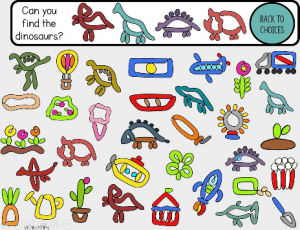
– Scan & find things or spot differences. For Example- – For instance, ask your child to pick up things that you can drink, pick up words with letter “M”. Skills obtained are figure ground, visual closure, form constancy.
2. Remember the sequence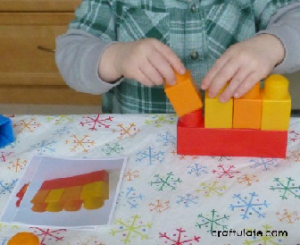
– Take different items & place them down on table. Ask the child to memorize the pattern before mixing the objects and then ask the them to place them in the same order. You can also use Building blocks for construction activity – Child has to copy 3-D block designs as shown. Skills obtained are Visual discrimination, figure ground, visual closure, form constancy, sequential memory.
3. Picture drawing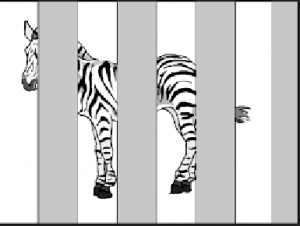
– Complete partially drawn pictures – cover a part of the drawn object and ask the child to guess the object. Skills obtained are Visual closure, form constancy.
4. Dot to dot / Mazes

– Joining dot puzzles/ worksheets. It also helps in fine motor skills, eye-hand co-ordination, letter & number recognition along with its order . Skills obtained are visual closure, sequential memory.
5. Memory games
– This activity can be played with cards. Lay few cards face down & shuffled. Take turns turning any 2 cards over table. If you turn over a matching pair you keep the cards and if the pair doesn’t match, then turn the cards back over until it is your turn to try again. Skills obtained are sequential memory, form constancy.
6. Create objects
– You can use any object like pen or pencil, spoon or forks, ear buds, coins etc. to form letter, numbers, shapes, etc. Skills obtained are Form constancy, visual discrimination, visual closure.
7. Puzzles
– The child can start with easy 2 piece puzzle and after that can gradually go for complex jigsaw puzzles. Skills obtained are Form constancy, visual discrimination, visual closure, visual figure-ground. Above all, it also helps in improving attention & concentration.
8. Sorting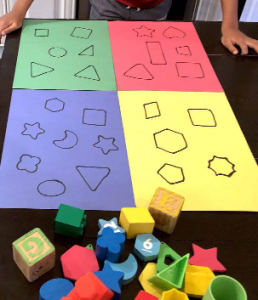
– Sort shapes, colors, letters, numbers, etc. Provide different agenda each time. Skills obtained are Visual discrimination, form constancy.
Note – For children facing difficulties with Visual perception skills – Consult an Occupational Therapist for expert advice.

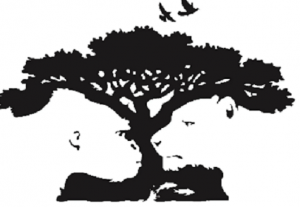
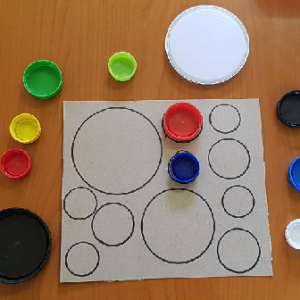
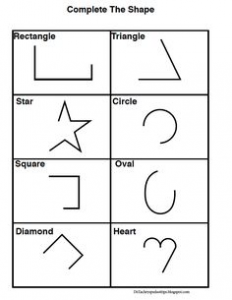
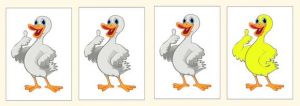
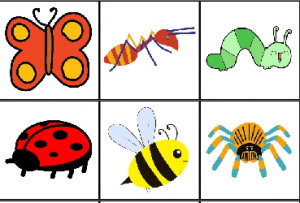
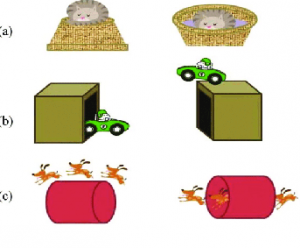
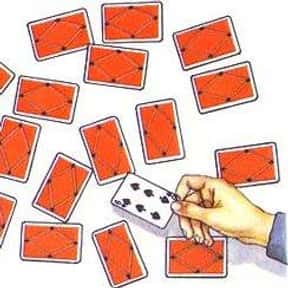
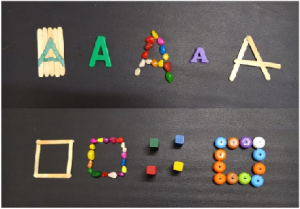
Leave a Comment
(0 Comments)